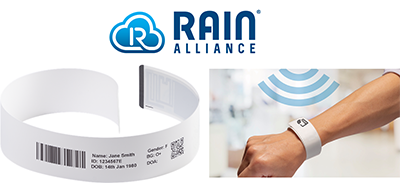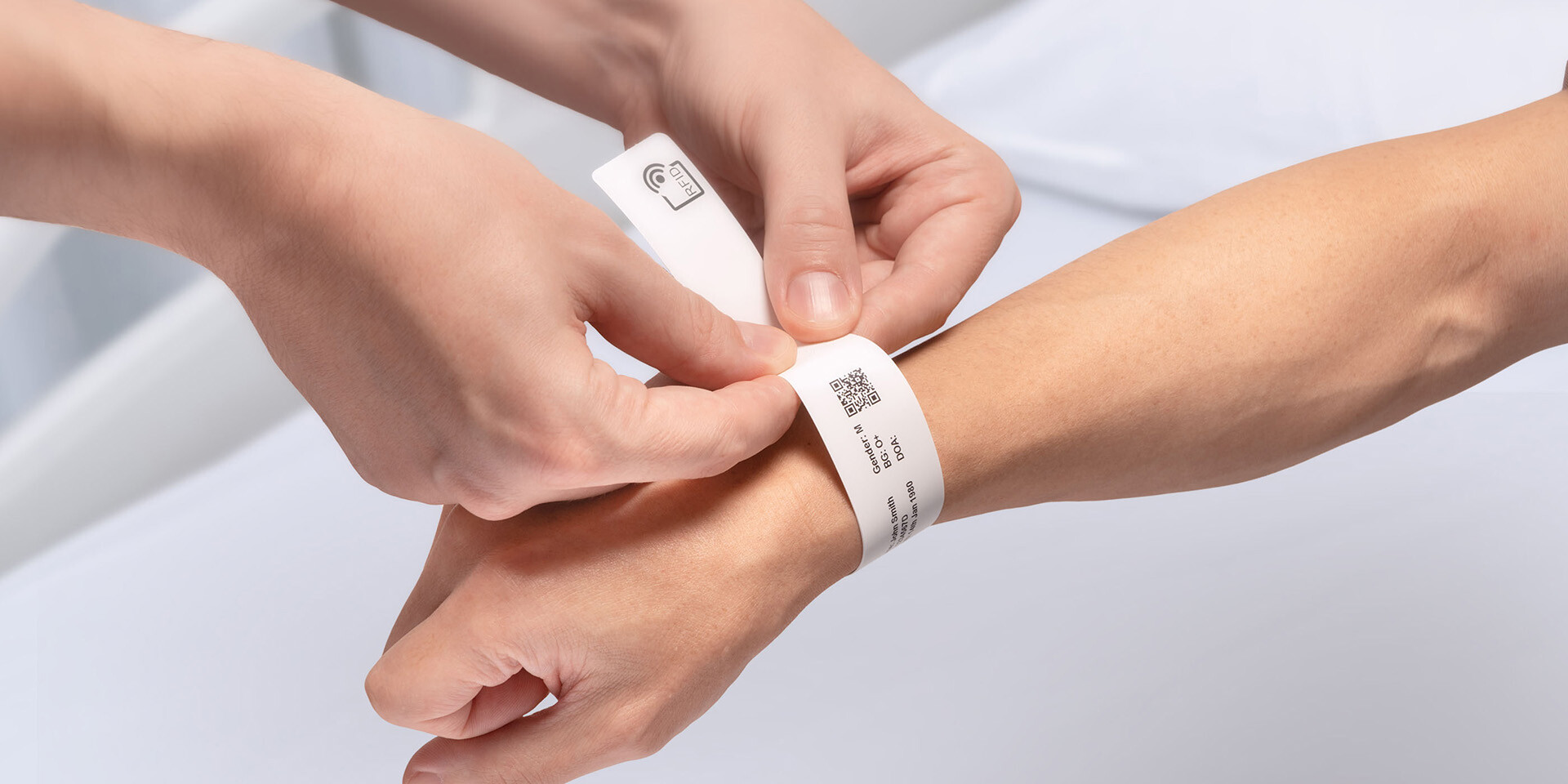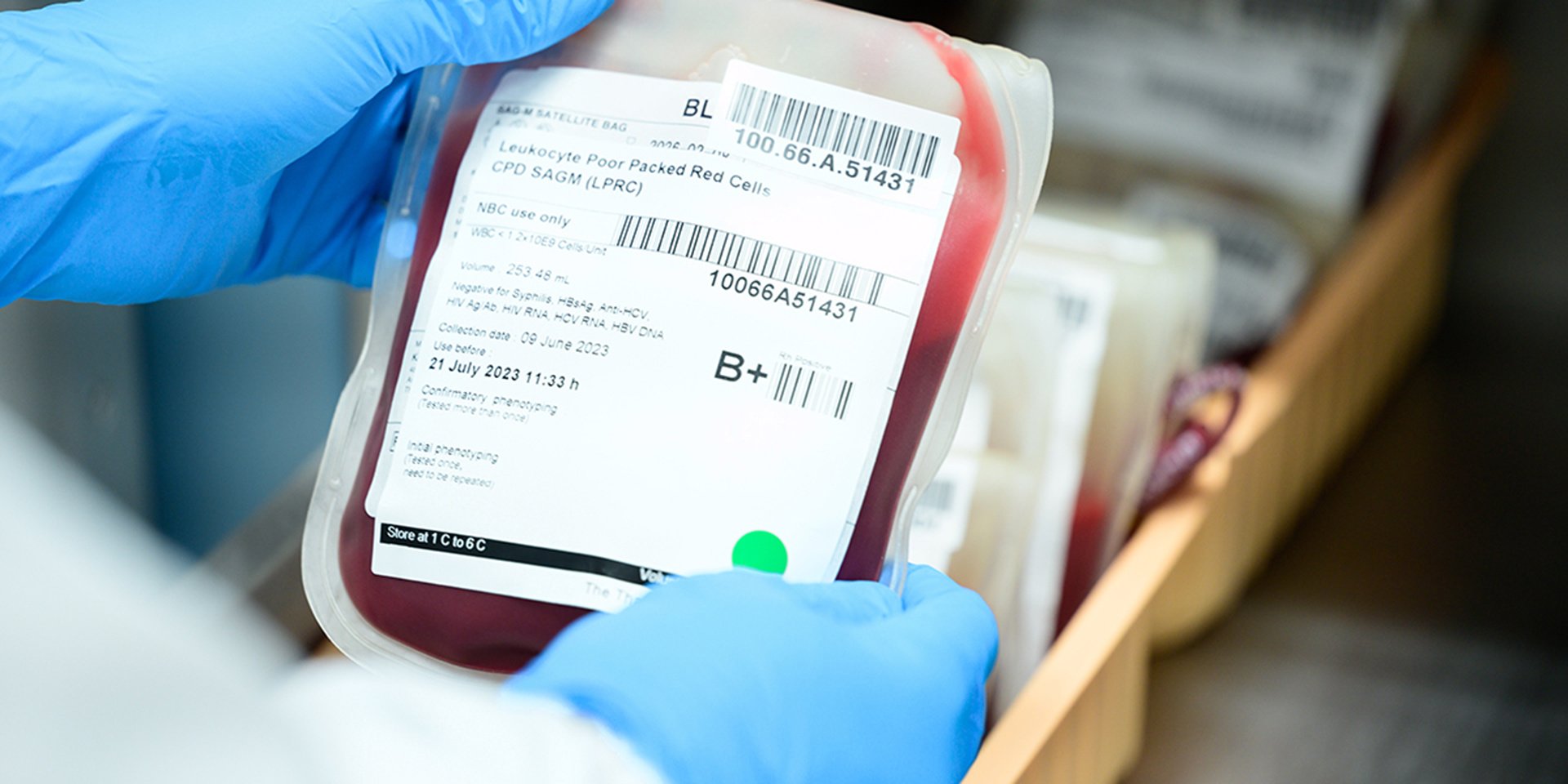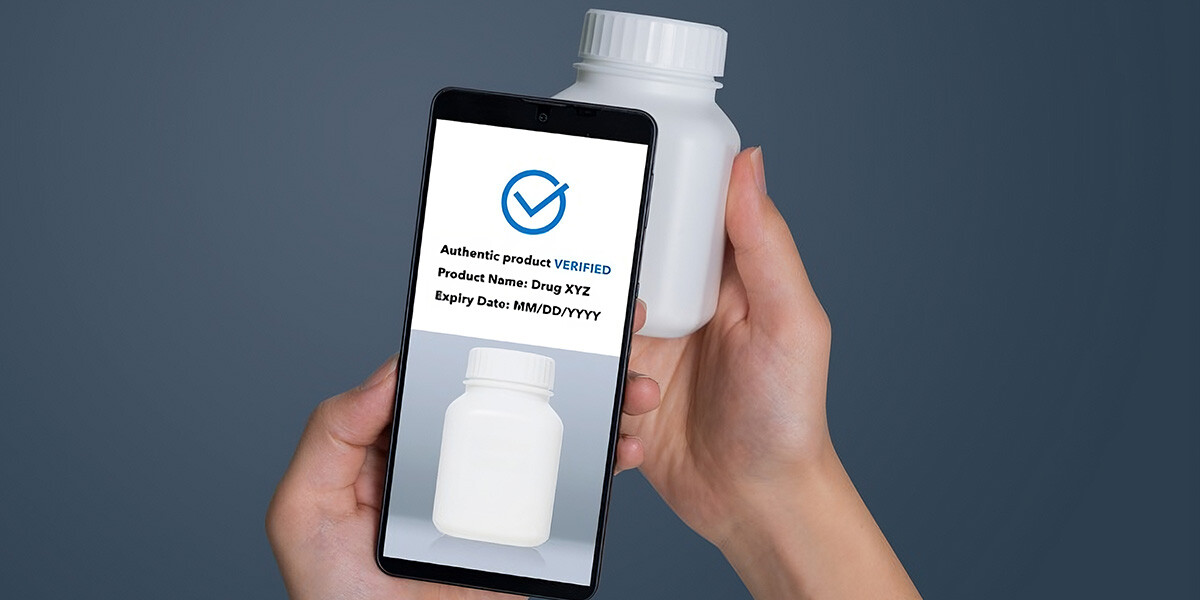SATO launched a new UHF RFID direct thermal wristband for identifying, verifying, and tracking patients in hospitals. SATO designed this wristband for comfort and optimal reads within hospital location systems.
Several common requirements for hospitals and care facilities include controlling the risk of infection and contamination, avoiding disturbance of resting patients, and having visibility of where patients are on the premises.
Nurses must regularly take great efforts to counter these issues, which adds to their stress and can affect patient outcomes1. Research shows that nurses find it difficult to balance the competing care goals of supporting patient sleep with taking vital sign observations. These patients sleep with taking vital sign observations. These regular observations can reduce avoidable deterioration in the hospital2.
Another issue facing hospitals is managing the flow of patients within hospital wards. When a ward is understaffed, or equipment is not where it needs to be, it can result in wasted time and lower service.
SATO addresses these key concerns with a high-performance UHF RFID wristband and its best-in-class compact 4-inch printer, the CT4-LX UHF. These can be integrated into a complete ID and tracking system with third-party readers and antennas.
With such a system, hospital staff can hygienically perform accurate ID scans without disturbing patients at rest as the wristband can be read from even through a blanket. Readers can also be positioned strategically around the hospital so staff can be alerted immediately of any unexpected movement.
The wristbands are made from a super-soft antimicrobial material designed for comfort and hygiene throughout a patient’s hospital stay. SATO’s UHF inlay is designed to reduce discomfort as much as possible from getting snared on clothes or other surrounding objects while offering optimal read rates. Also, with RFID's contactless nature, contamination risk is minimized for the highest level of hygiene.
With a SATO AEP-compatible printer (Application Enabled Printing), users can encode wristbands and develop custom apps to streamline their work processes. For example, users can clone wristbands on the fly (before and after surgical procedures or MRIs) or easily convert from barcode to RFID wristbands for ease of implementation.
The first hospital to adopt the wristbands in Europe is using them to monitor its flows of patients entering and exiting the surgery ward. This allows them to better allocate staff and medical devices to meet patient needs at any given time.
I am excited to roll out an expandable and customizable UHF RFID patient identification solution to hospitals worldwide. In the new normal, we are committed to helping hospitals lower their costs and optimise their resource allocation to enhance patient care and contribute to patient safety.
Kevin Allart
SATO Head of Healthcare Business
SATO-designed RFID tags are manufactured using environmentally friendly methods. Made without chemical solvents to prevent release of waste fluid, they also contain no plastic substrates to reduce plastic waste. Unused aluminium is also recycled in its manufacturing process to minimise waste.
For more information, please contact your local SATO representative.
-
Sarafis, P., Rousaki, E., Tsounis, A. et al. The impact of occupational stress on nurses’ caring behaviours and their health-related quality of life. BMC Nurs 15, 56 (2016) - Read the original article.
-
Hope J, Recio-Saucedo A, Fogg C, et al. A fundamental conflict of care: Nurses' accounts of balancing patients' sleep with taking vital sign observations at night. J Clin Nurs. 2018;27(9-10):1860-1871. doi:10.1111/jocn.14234






Comments